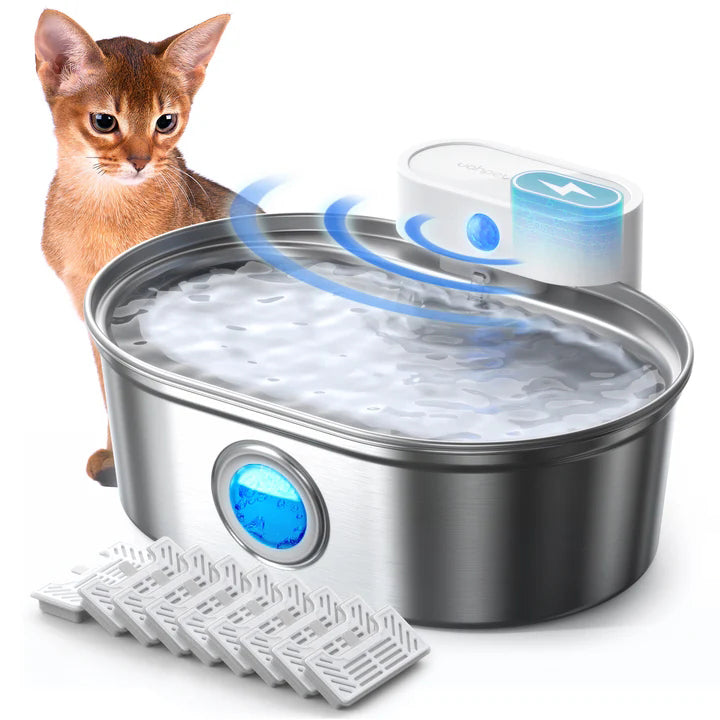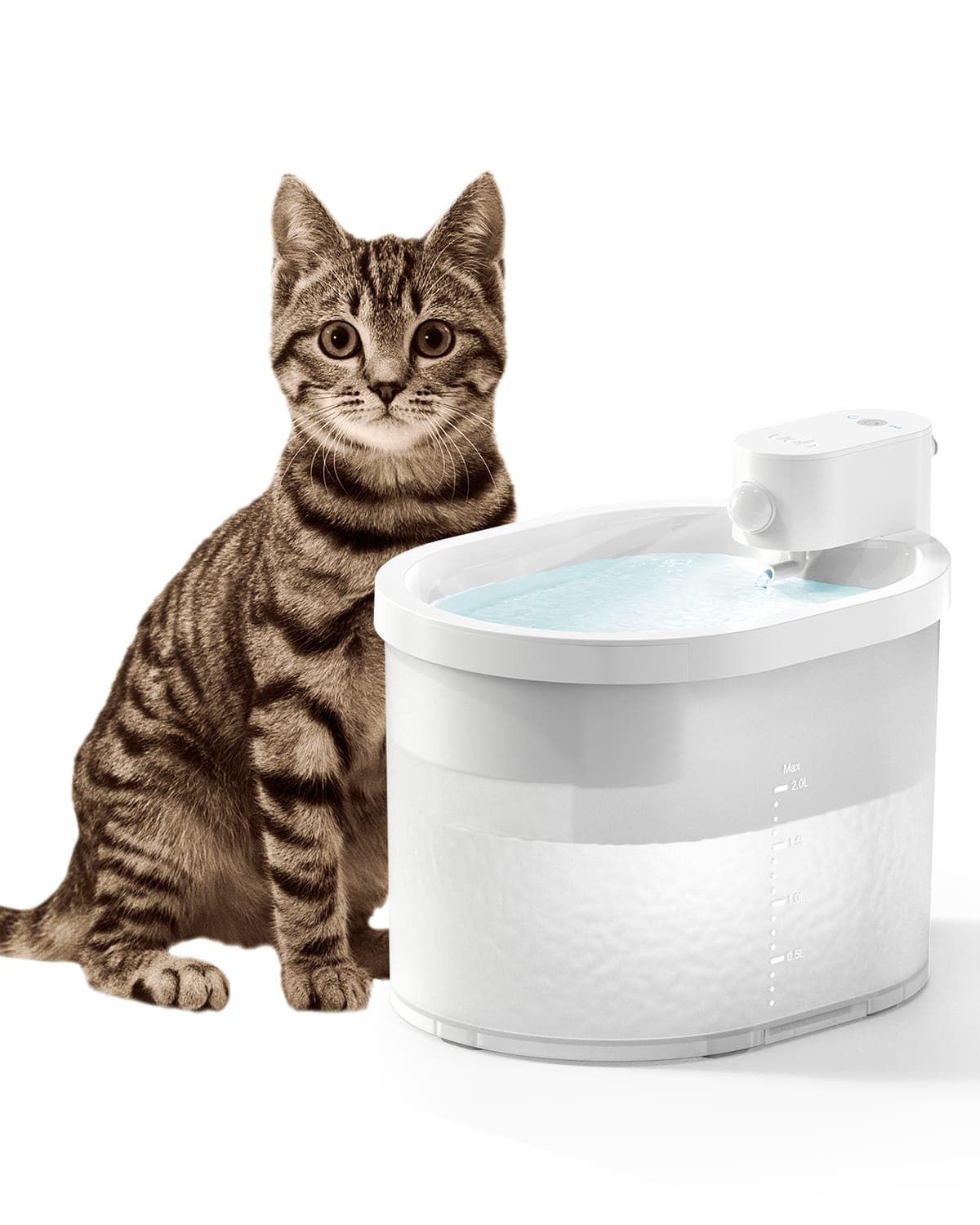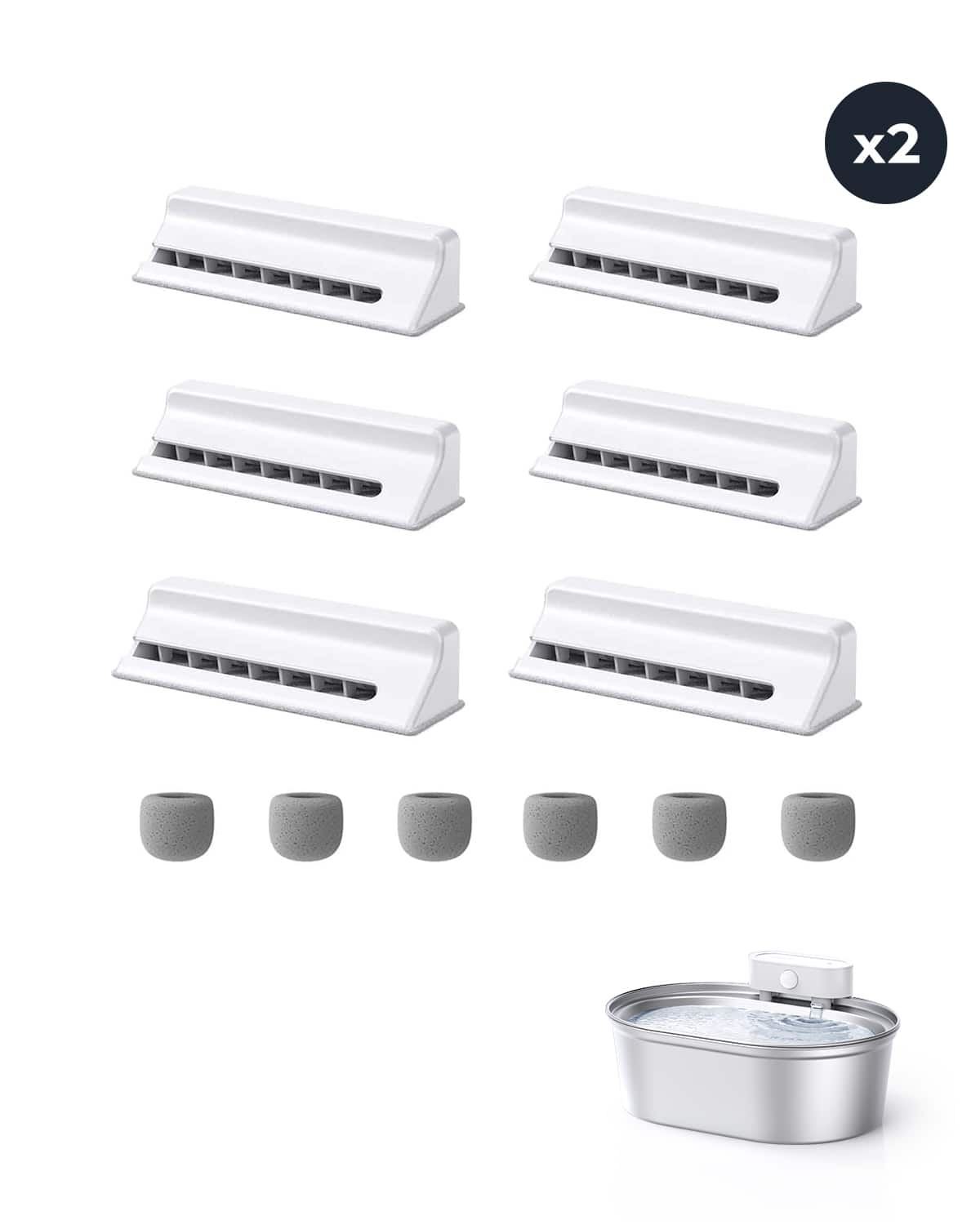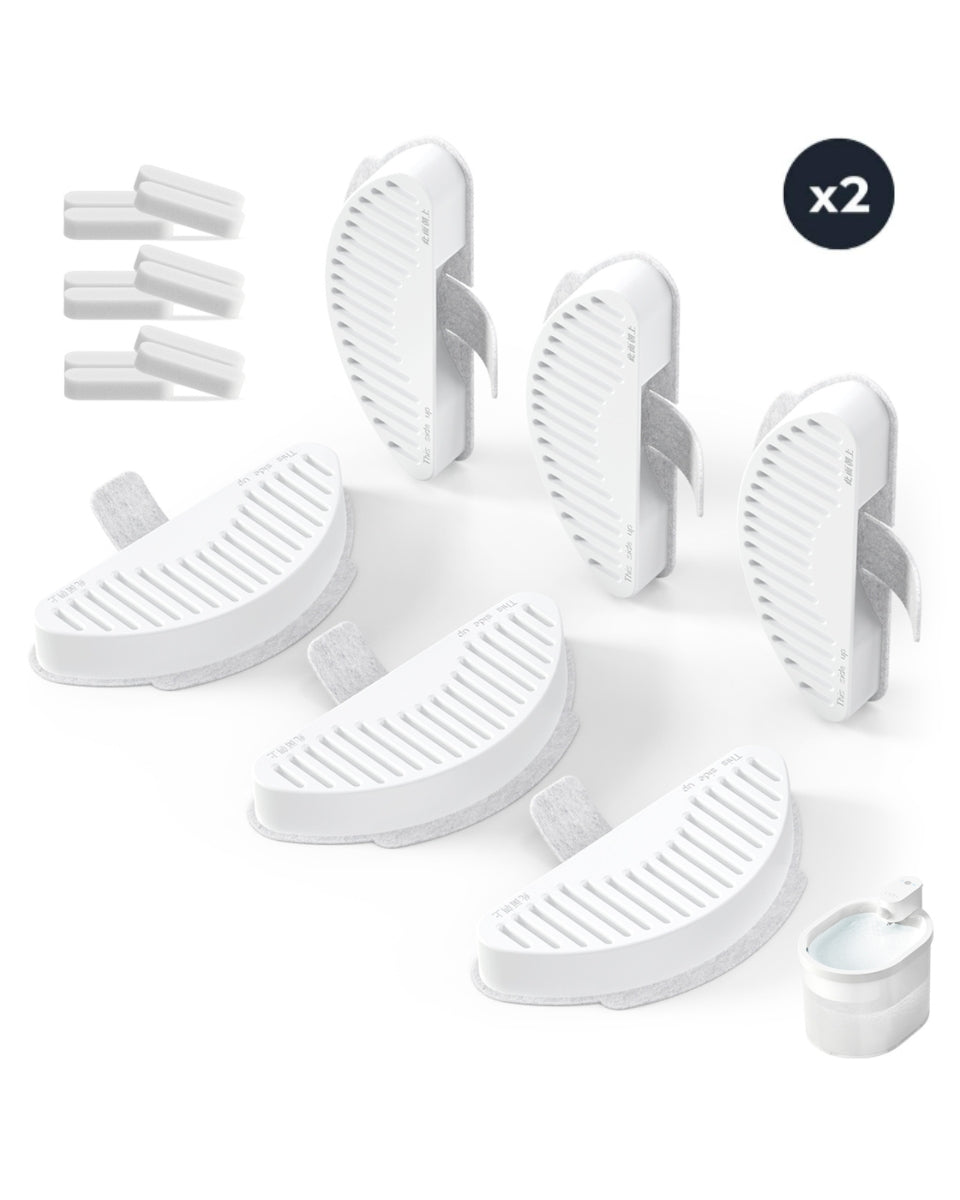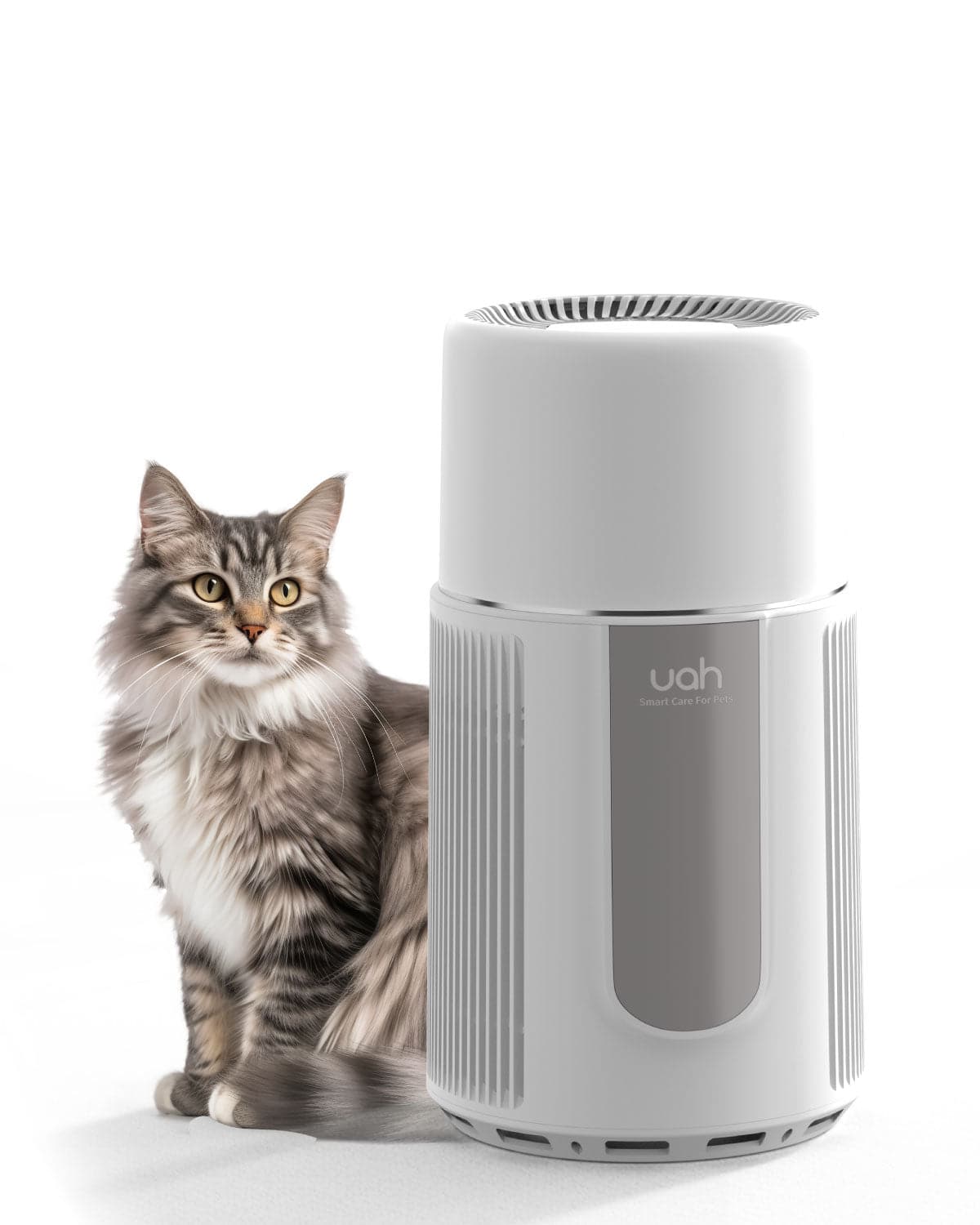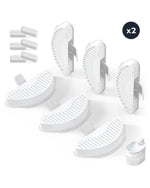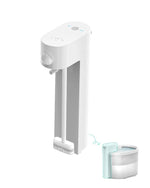For pet lovers, the joy of having a furry companion often comes with the challenge of managing pet allergies. Sneezing, itchy eyes, and congestion can make life uncomfortable, especially for those sensitive to pet dander, fur, or saliva. One solution that has gained popularity is the use of air purifiers. But will an air purifier help with pet allergies? Let’s dive into the details to understand how these devices can make a difference.
Understanding Pet Allergies
Pet allergies are triggered by proteins found in an animal’s dander, saliva, and urine. When pets shed fur or dander, these allergens become airborne and can linger in your home for months. Common symptoms include sneezing, runny nose, itchy eyes, and even asthma attacks in severe cases. For allergy sufferers, reducing exposure to these allergens is crucial for improving quality of life.
How Air Purifiers Work
Air purifiers are designed to improve indoor air quality by capturing and removing pollutants from the air. They use filters, such as HEPA (High-Efficiency Particulate Air) filters, to trap tiny particles like pet dander, dust, and pollen. Some models also include activated carbon filters to neutralize odors, which can be helpful for pet owners. By continuously cleaning the air, these devices can reduce the concentration of allergens in your home.
Can Air Purifiers Help with Pet Allergies?
The short answer is yes, air purifiers can help with pet allergies. Studies have shown that HEPA filters can capture up to 99.97% of airborne particles as small as 0.3 microns, including pet dander. By removing these allergens from the air, air purifiers can significantly reduce allergy symptoms. However, it’s important to note that air purifiers are not a cure for pet allergies. They work best when used in combination with other strategies, such as regular cleaning and grooming your pet.
Key Features to Look for in an Air Purifier
If you’re considering an air purifier for pet allergies, here are some features to look for:
- HEPA Filter: This is the most important feature for capturing pet dander and other allergens.
- Activated Carbon Filter: Helps eliminate pet odors and volatile organic compounds (VOCs).
- Coverage Area: Choose a purifier that matches the size of the room where it will be used.
- Air Change Rate: Look for a device that can clean the air multiple times per hour for maximum effectiveness.
- Noise Level: Consider a quiet model if you plan to use it in bedrooms or living areas.
Tips for Managing Pet Allergies
While air purifiers can be a valuable tool, they are most effective when combined with other allergy management strategies. Here are some additional tips:
- Groom Your Pet Regularly: Bathing and brushing your pet can reduce the amount of dander they shed.
- Clean Your Home Frequently: Vacuum carpets, rugs, and furniture regularly to remove allergens.
- Use Hypoallergenic Bedding: Wash your pet’s bedding and your own in hot water to kill allergens.
- Create Pet-Free Zones: Designate certain areas of your home, like bedrooms, as off-limits for your pet.
- Consult a Doctor: If symptoms persist, seek advice from an allergist for personalized treatment options.
Limitations of Air Purifiers
While air purifiers can help reduce airborne allergens, they have some limitations. For example, they cannot remove allergens that have settled on surfaces like furniture or carpets. Additionally, they may not be as effective in large, open spaces unless you use multiple units. It’s also important to replace filters regularly to maintain optimal performance.
Are Air Purifiers Worth It for Pet Owners?
For pet owners struggling with allergies, an air purifier can be a worthwhile investment. While it may not eliminate symptoms entirely, it can create a more comfortable living environment by reducing the concentration of allergens in the air. Combined with other strategies, such as regular cleaning and grooming, an air purifier can make a significant difference in managing pet allergies.
If you’re tired of dealing with sneezing, itchy eyes, and congestion, an air purifier might be the solution you’ve been looking for. By improving indoor air quality and reducing allergens, these devices can help you enjoy the company of your furry friend without the discomfort of allergies. Take the first step toward a healthier home today!

